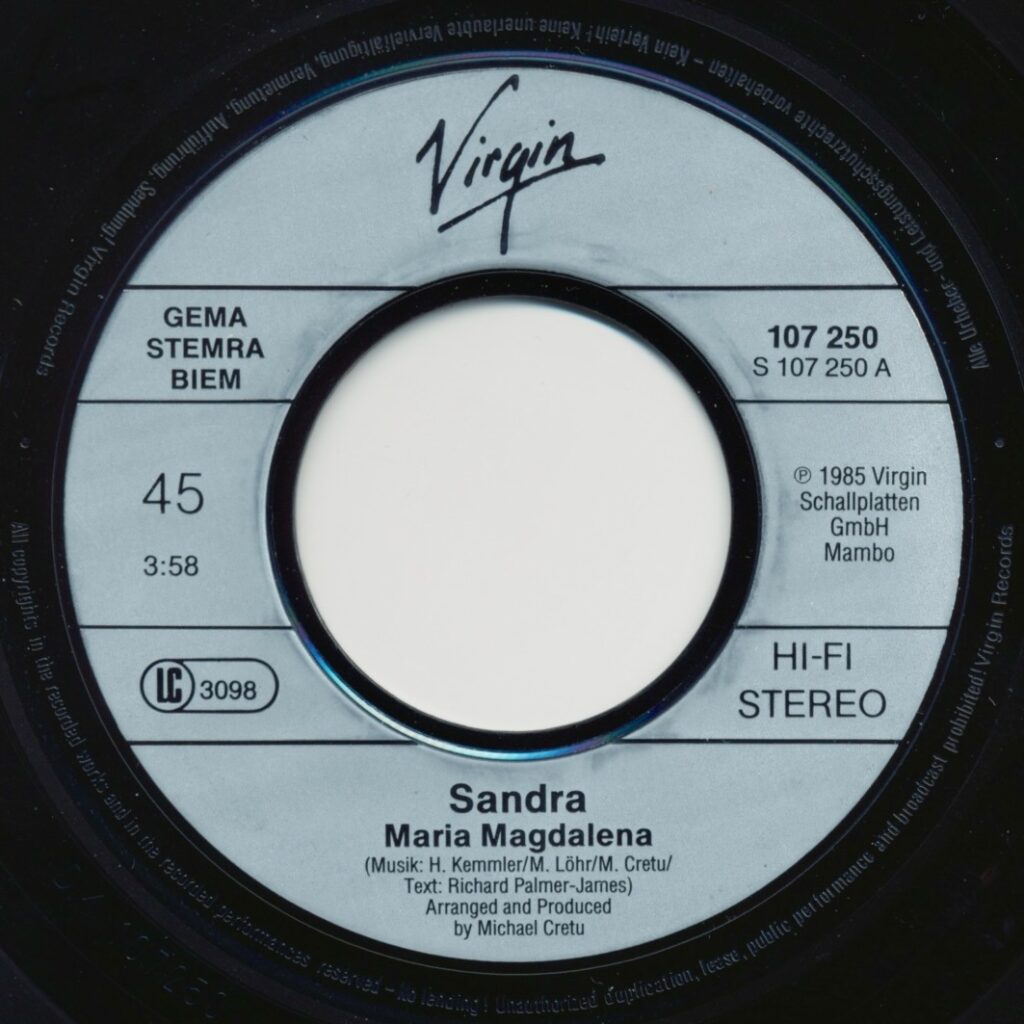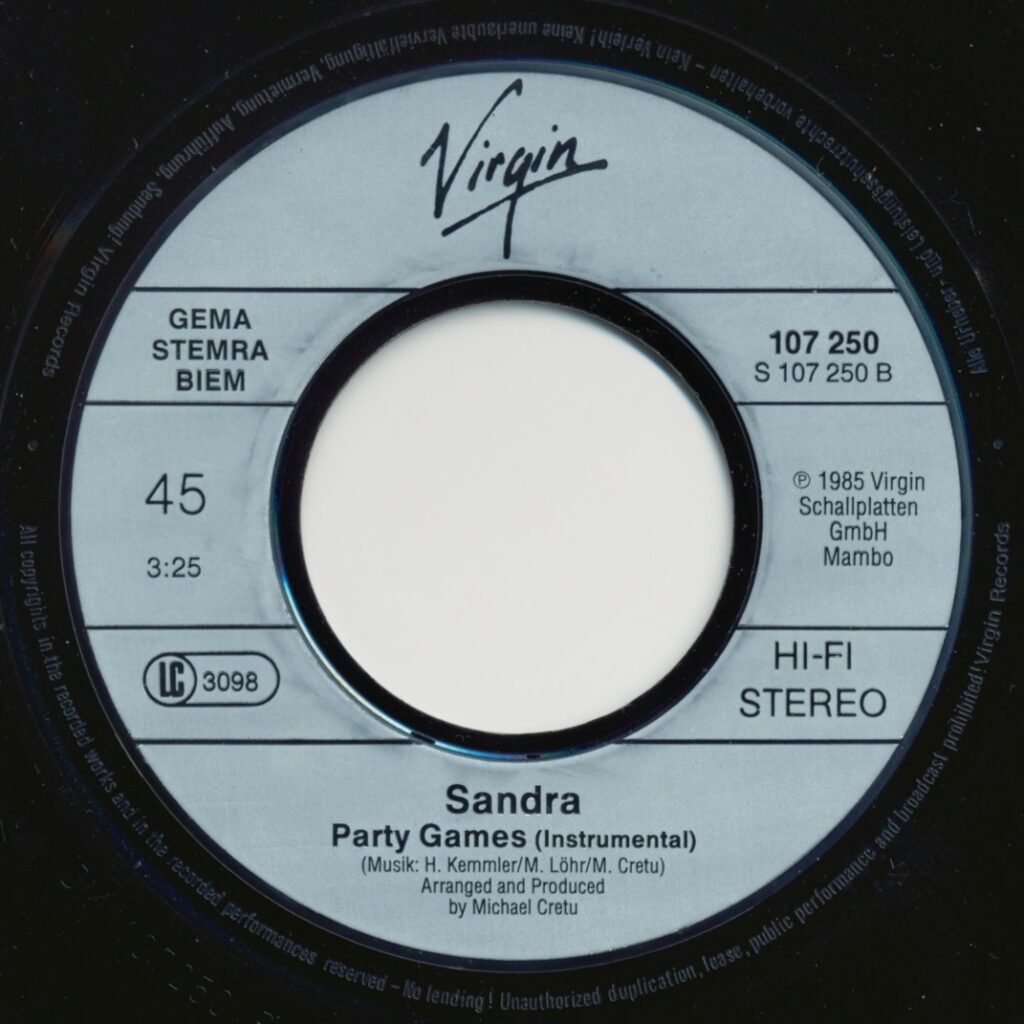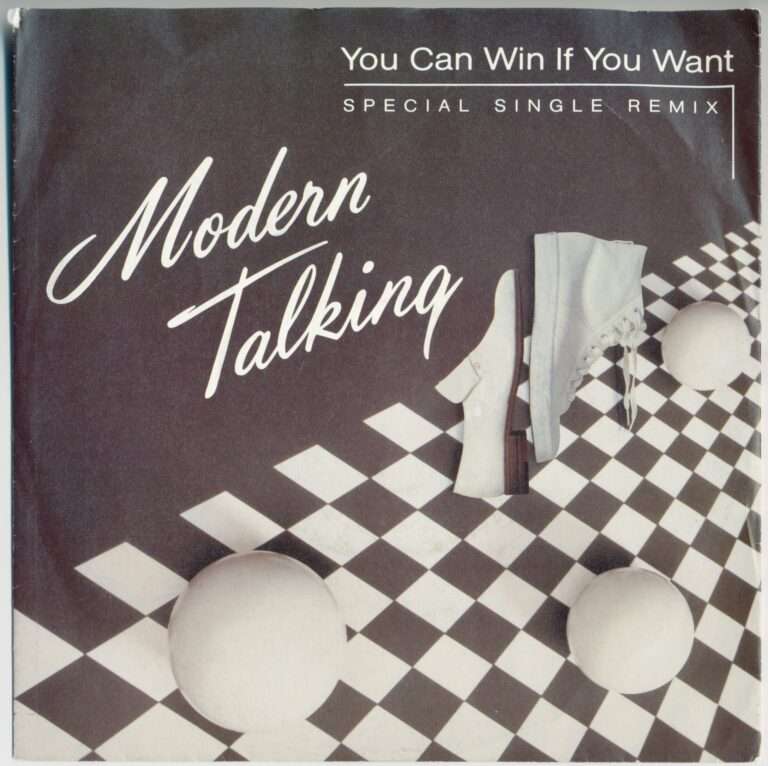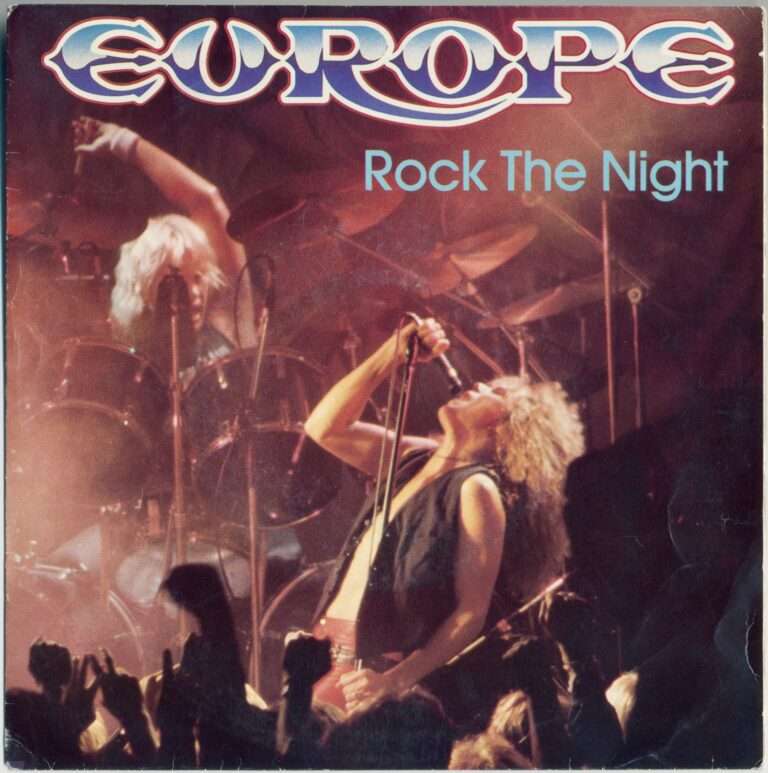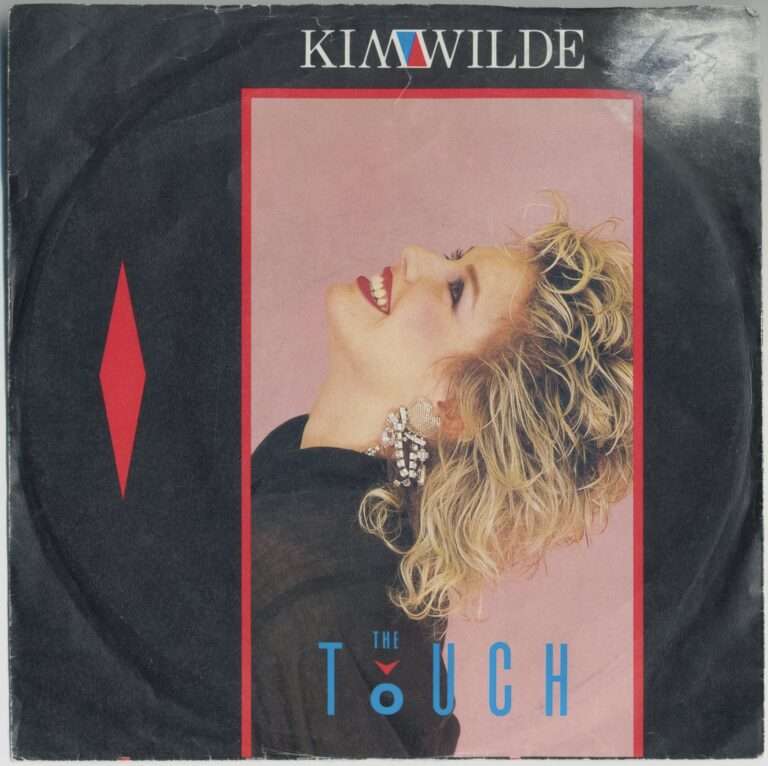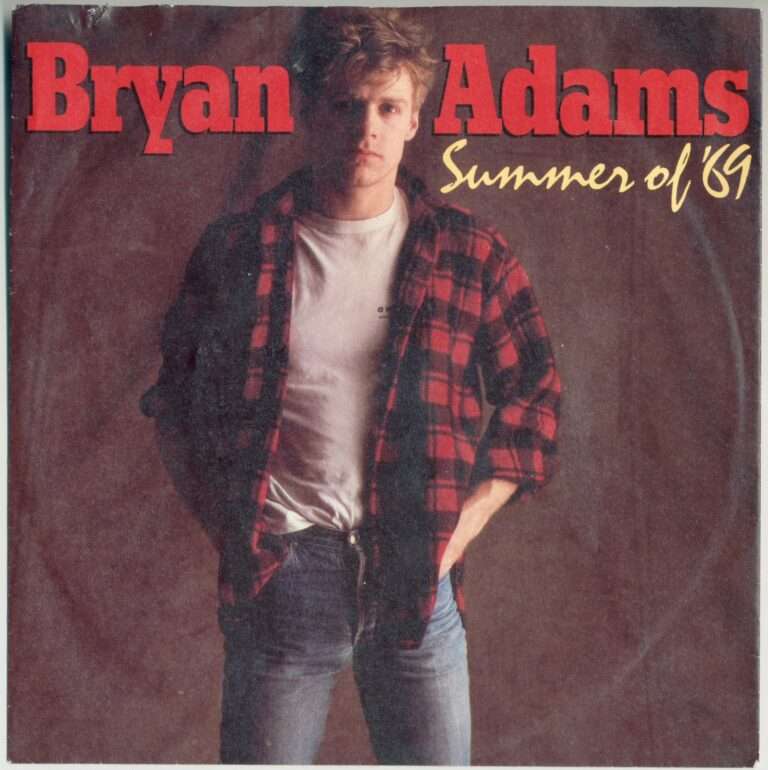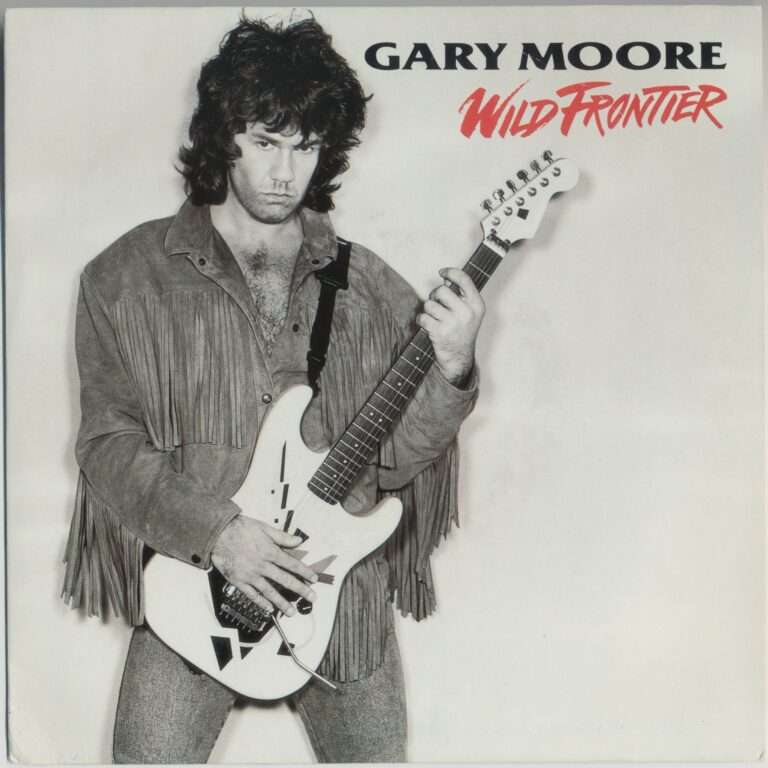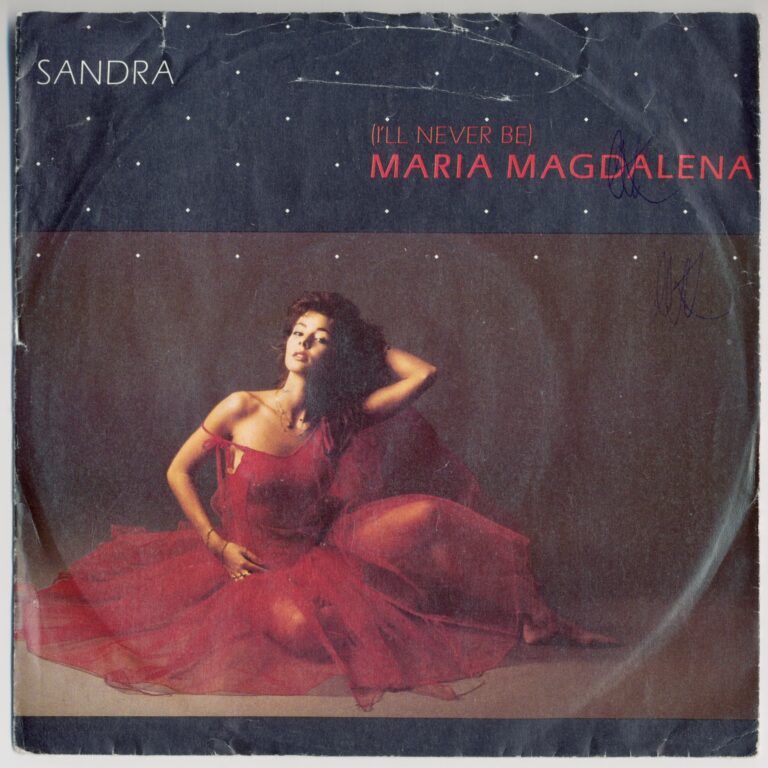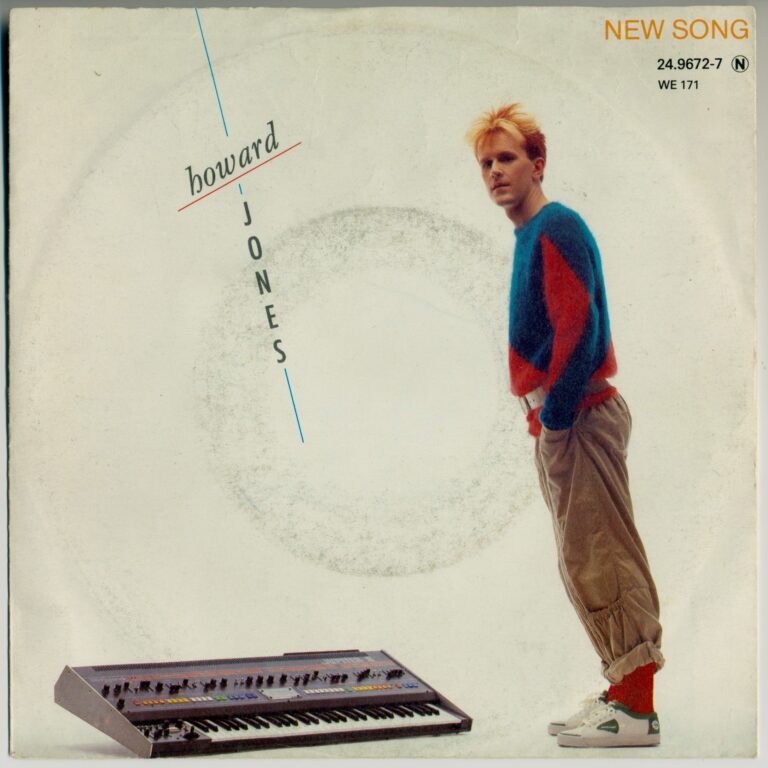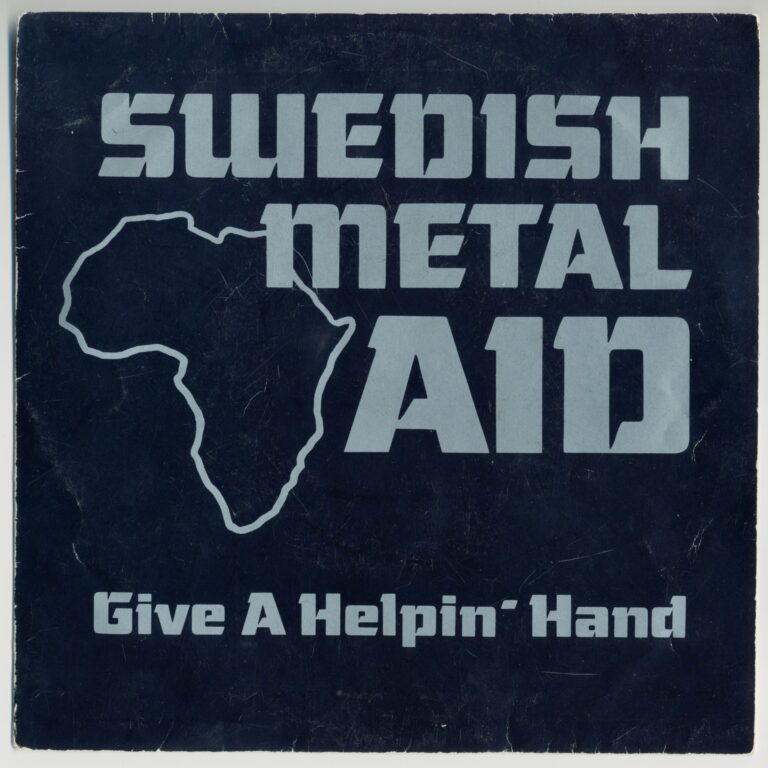The year is 1985. The airwaves are buzzing with the electrifying sound of synth-pop, and a new voice is about to cut through the noise, declaring her independence with an unforgettable anthem. This wasn’t just a song; it was a phenomenon that would define an era, launch a star, and subtly weave itself into the fabric of pop culture for decades to come.
Sandra Ann Lauer, born in Saarbrücken, West Germany, was a natural performer from a young age, starting classical ballet at five and guitar lessons by ten. Her journey into music, however, began almost by chance. At just 13, an impromptu performance at a German singing contest led to her discovery. While her first single, “Andy mein Freund,” a sweet dedication to a pet dog, didn’t quite hit the mark, it was clear Sandra was destined for the stage.
Her path truly began to take shape in 1979 when, at 17, she joined Arabesque, an all-female disco trio. They found considerable success, particularly in Japan and the Soviet Union, with their infectious blend of disco and pop. It was during this time that fate intervened, bringing her together with Michael Cretu, a talented keyboardist and producer. Sharing a birthday, despite a five-year age difference, their initial friendship quickly blossomed into a pivotal professional and personal partnership. As disco’s pulsating beat began to fade, Sandra, yearning for a more contemporary sound, embarked on her solo career in 1984, officially collaborating with Cretu, who would become her primary producer and, in 1988, her husband.
“I’ll never be Maria Magdalena (You’re the creature of the night) /
Maria Magdalena (You’re a victim of the fight) /
(You need love) Promise me delight”
Their creative synergy was immediate and profound. “(I’ll Never Be) Maria Magdalena” became the undeniable proof. Cretu’s touch as producer, arranger, and songwriter was indispensable, shaping the song’s distinctive synth-pop sound that perfectly complemented Sandra’s unique vocal delivery. The track was a tapestry of synth melodies, pads, and basslines, creating a rich, immersive soundscape that defined the 80s. Sandra’s breathy tone and subtle vibrato, enhanced with strategic reverb, became her signature.
But what about that title? The choice of “Maria Magdalena” was a stroke of pragmatic genius. Hubert Kemmler, one of the song’s composers, needed a seven-syllable name to fit the rhythmic structure of the German chorus. The biblical figure of Mary Magdalene fit perfectly, opening the door for rich thematic interpretations. The lyrics, penned primarily by Richard Palmer-James, tell a compelling story of a woman asserting her independence against a man’s expectations. By proclaiming “I’ll never be Maria Magdalena,” Sandra’s character rejects being pigeonholed or defined by a man’s desires, transforming a simple structural requirement into a powerful statement of female empowerment and self-definition.
The song’s journey to global domination was equally fascinating. Released on July 15, 1985, as the lead single from her debut album, The Long Play, it was Sandra’s first international solo release. Initially, it faced challenges with radio play. But Virgin Records, with a stroke of strategic brilliance, targeted DJs in Greece and the burgeoning tourist scene. This unconventional approach paid off spectacularly. The song exploded in Greece, topping the charts, and as tourists returned home, their demand for the song propelled it across Europe. This pre-digital age viral success story is a testament to innovative localized marketing.
The song reigned supreme, hitting number one in Germany for four consecutive weeks and topping charts in Austria, Switzerland, Sweden, Norway, and Finland. Its resonance in Sweden was particularly strong, where it not only hit number one on the overall charts but also spent six weeks on the influential “Trackslistan” radio chart, peaking at number one. It even landed at number 18 on the “Trackslistan” year-end list for 1985. Sandra’s performance on the Swedish television show Nöjesmassakern on October 11, 1985, further solidified its popularity.
Beyond its commercial success, “(I’ll Never Be) Maria Magdalena” left an indelible mark. Its distinctive hook found its way into other tracks, famously interpolated by the Dutch Eurodance group 2 Unlimited in their 1992 hit “Twilight Zone”. It has been sampled in at least 17 other songs and inspired over 20 cover versions, showcasing its enduring melodic power and adaptability.
Sandra’s personal journey adds another layer to her story. During her peak, she outsold Madonna in several countries, a testament to her global reach. She was even selected as one of the most beautiful women in the world by readers of the French magazine LUI in 1987-1988. Yet, she has also navigated personal challenges, including a private battle with breast cancer that affected her vocal cords. Despite this, her resilience, fueled by sports and family support, allowed her to regain her health and performance capabilities. Today, Sandra cherishes a more secluded life in Ibiza, happy to shop in peace, a quiet life after the intensity of her early fame.
“(I’ll Never Be) Maria Magdalena” remains a timeless 80s legacy. It’s a testament to the power of a perfectly crafted pop song, where innovative production, compelling lyrics, and a captivating artist converge to create something truly enduring. It’s a song that didn’t just top the charts; it helped define a decade and launched a career that continues to resonate with audiences worldwide.
My copy: 7″, 45 RPM, Europe, 1985, Virgin
Trackslistan (Swedish radio chart): 6 weeks, peaked at #1, #18 on year-end list 1985



